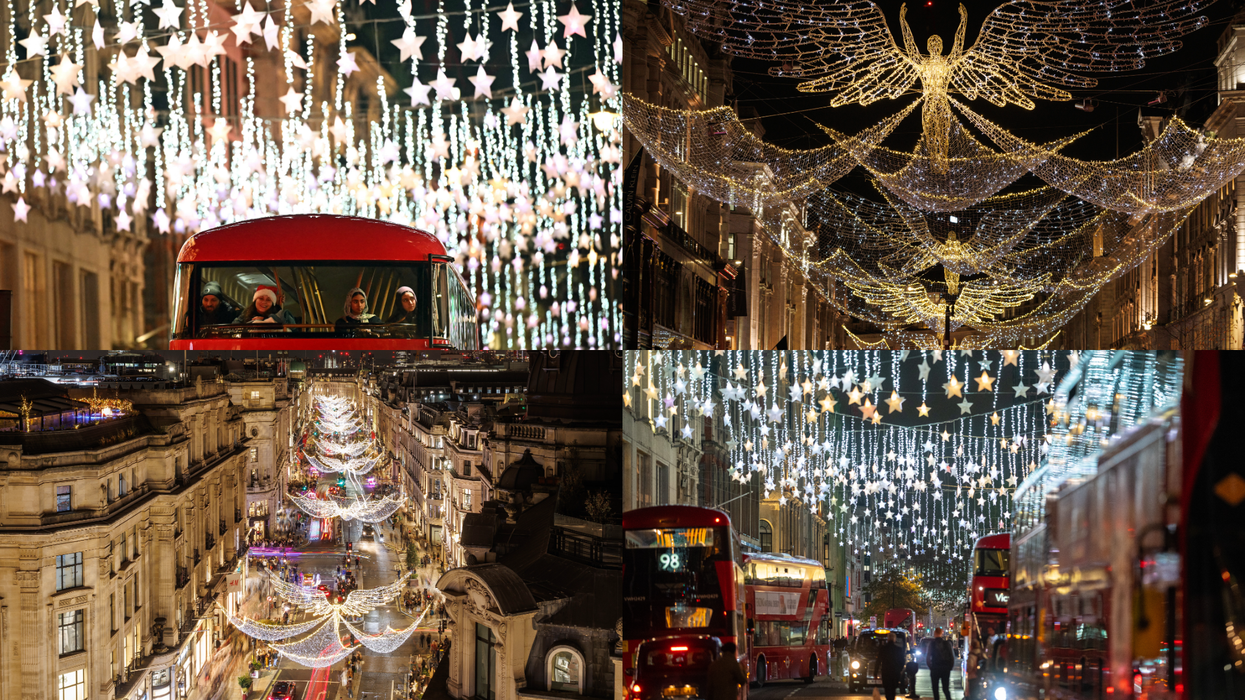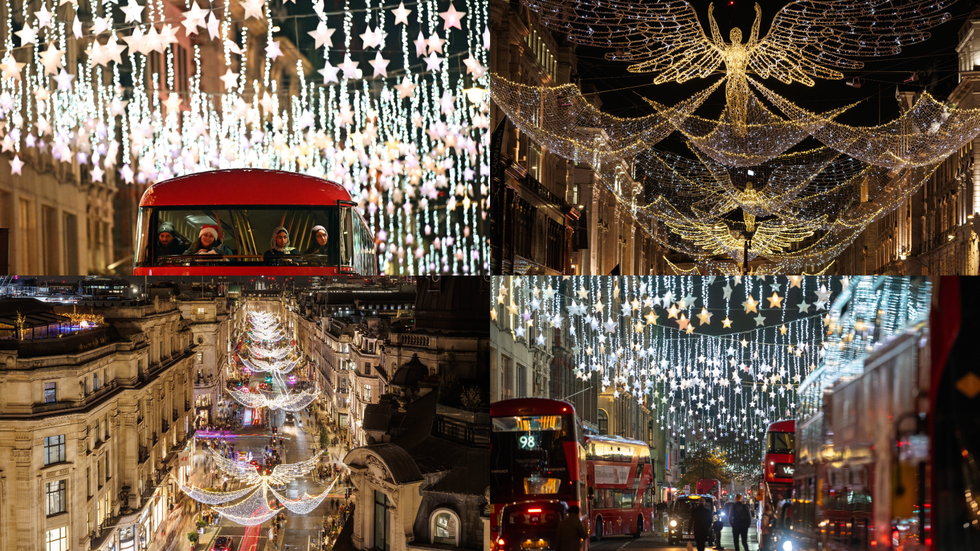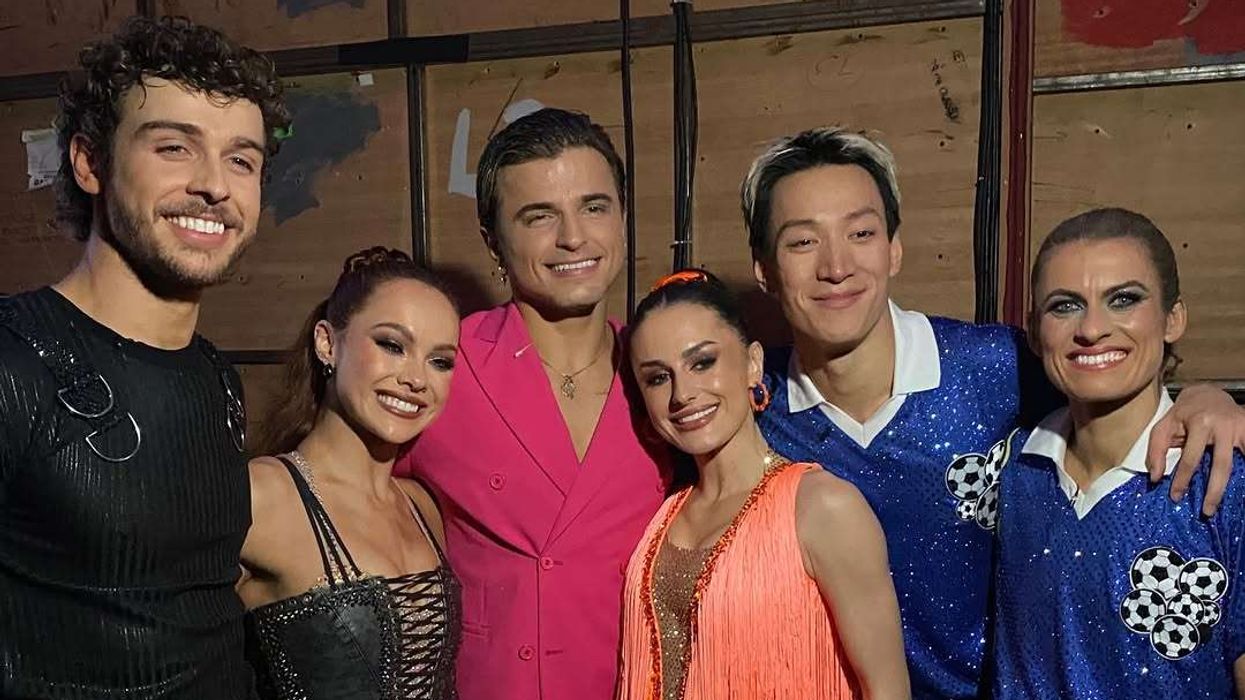BIRMINGHAM-BASED Abid Iqbal is an international promoter of tilawat, naat and qawwali music. He has worked with some of the biggest artists in these three fields of Islamic spiritual music since 2003. In a Ramadan special, Eastern Eye got Abid to talk us through the 10 Muslim devotional music he loves most...
Surah Ar Rahman by Qari Karamat Ali Naemi: This is a tilawat by one of Pakistan’s top qaris. It’s a recitation from the holy Quran, which was revealed in Ramadan. It brings you back down to reality and says: ‘Which of the favours of your lord will you deny.’ I had the honour of organising this great artist’s tour back in 2011.
Allah Hu Allah Hu by Ustad Nusrat Fateh Ali Khan: This is a qawwali familiar to most fans of Sufi music. It is also the first one I heard live at Small Heath Park, Birmingham, and the reason I am a qawwali promoter today. This is also the most loved qawwali by all faiths and religions.
Allah Allah Phir Hum Madine Chale by Rahat Fateh Ali Khan: This naat has been done so simply without too much instruments. It’s the naat you would listen to once you have done hajj and want to go again. Rahat toured with sayarts.com back in 2003.
Maa Di Shaan by Qari Shahid Mehmood: This beautifully-crafted naat makes you cry because it makes reference to the love for mothers and has so much feeling attached to it.
Tajdar-e-Haram by Atif Aslam: The Pakistani superstar singer took on a naat made famous by qawwali group Sabri Brothers and presented it in a brand new way on Coke Studio. The lyrics encourages you to perform umrah and hajj.
Shah-e-Madina by Sahira Naseem: The wonderfully-talented singer has delivered perhaps the best version of this naat in her soulful voice. There is so much meaning in the lyrics and emotion in the voice that resonates with the listener.
Zameen Maili Nahi Hoti by Shahbaz Qamar Fareedi: This naat is the reason why I should continue promoting devotional music for the benefit of this world and hereafter. It’s another naat with so much depth and meaning.
Utho Aye Momino Mahe Ramzan Aaya by Mohd Rafi: The late great Bollywood legend gave us this great gift, which is a wake up call on the importance of Ramadan. It is just a beautiful composition!
Apni Rehmat Ke Samundar Mein Utar Jaane De by Khalid Hasnain Khalid: This is a great composition delivered by a most excellent reciter of naat. I had the honour of organising his tour in 2012 and saw just how much his musical message resonated with audiences.
Kash Main Doure Payamber by Farhan Ali Waris: This is a naat that takes you back in time and makes you imagine what it would have been like living in the times of the prophet (peace be upon him). Wishing you and your loved ones a blessed Ramadan.
- Visit www.sayarts.com for more





 The Christmas light walks in central London that still feel festive Getty Images
The Christmas light walks in central London that still feel festive Getty Images 





